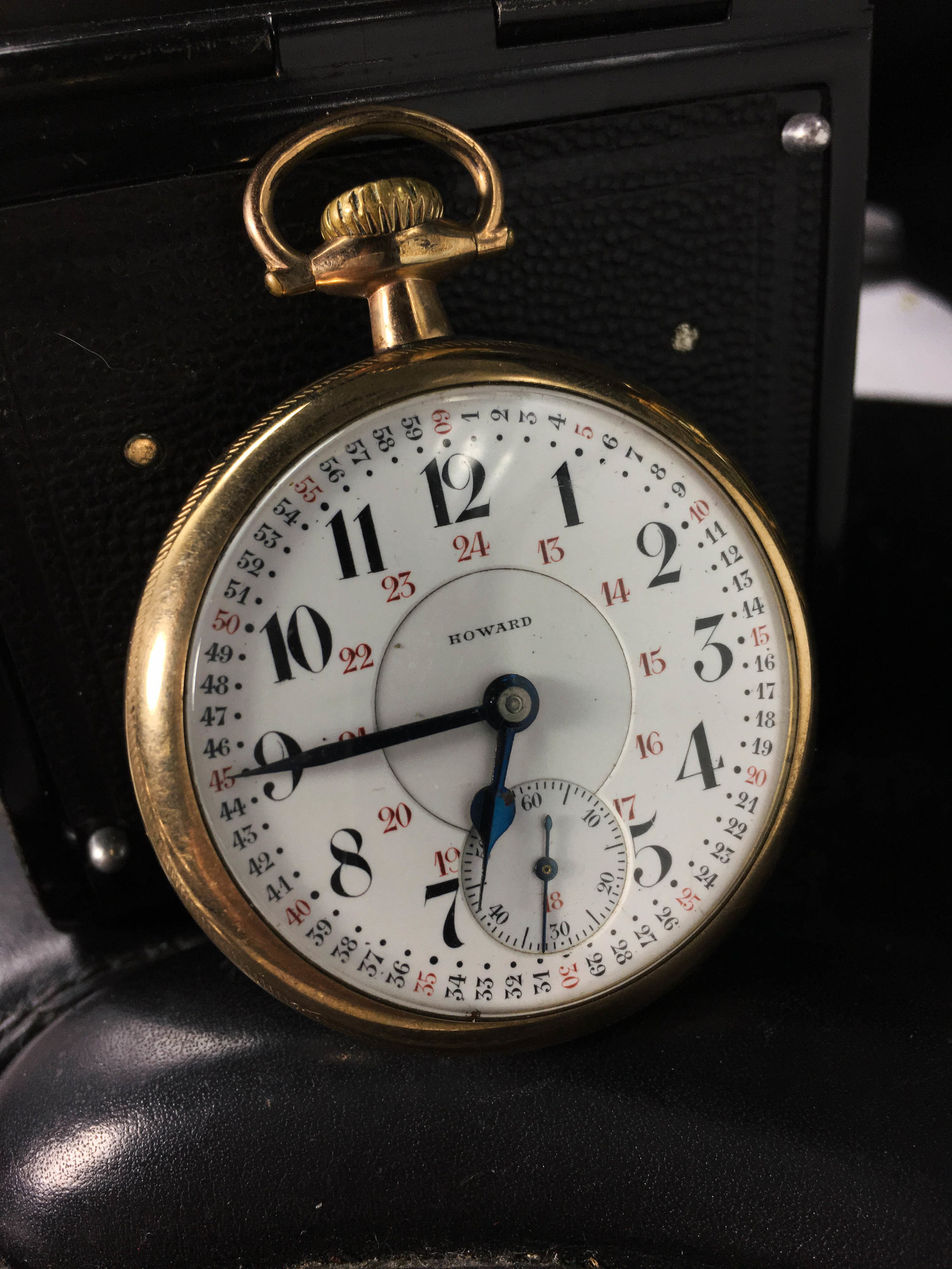

Electro-Mechanical Master Clocks: These have electronic movements. Watchman Clocks: Had the purpose of leaving a record of the time, date and checkpoint.

Tower Clocks: Usually mounted in a clock tower or high in the wall of a building. The company made them in standing and hanging versions in different designs. regulators feature the finest materials, including oak and mahogany. items produced by Howard himself in the company’s heyday of 1858 through the 1890s. watches.Īlthough the Howard name continued to be bought and sold over the years, the watches and clocks that garner the most interest and value in the antique market today are the E. Howard Watch Co., Boston, U.S.A.” Today, these watches are referred to as Keystone-Howards, and they are not the same as E. bought the rights to the Howard name and began producing a line of watches with the label “E. At that time, the Keystone Watch Case Co. Howard retired in 1882, but the company continued to produce his watch movements until 1903 when production ceased. Howard also created quality regulators and wall clocks in his unique style. In 1868, he introduced the first stem-winding watch, which was likely the first of its kind in the U.S. These watches featured a top plate with two sections - known as a split plate - and six pillars instead of the typical four pillars. In 1858, Howard produced the first watch of his own design. Their first year in operation was spent retooling the machines to accommodate Howard’s designs and finishing the remaining movements. Although the company’s name changed many times during its history, the timepieces were always signed “E. With his financial partner Charles Rice, Howard moved timepieces, tools and machinery that were in progress at the defunct Boston Watch Company to their factory in Roxbury, Massachusetts. Davis, who both apprenticed with Aaron Willard Jr. The Howard & Davis firm consisted of Edward Howard and David P. succeeded the Howard & Davis firm in 1857. Howard & Co., is one of the most notable names in American horology.


 0 kommentar(er)
0 kommentar(er)
